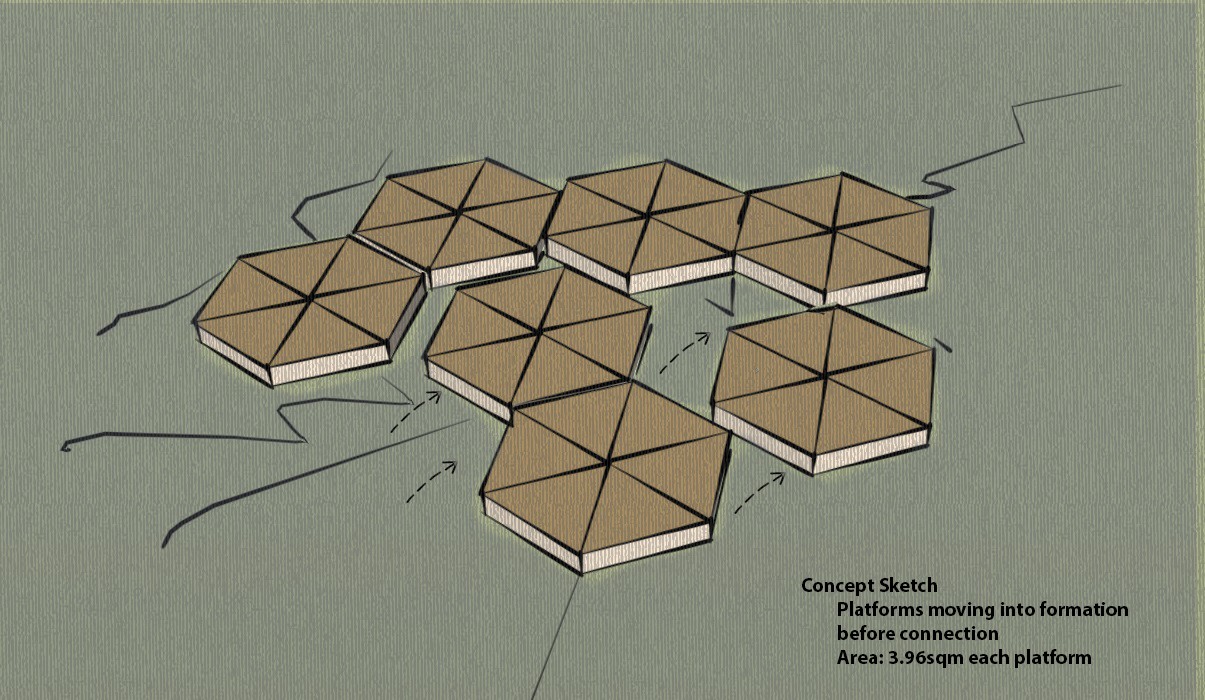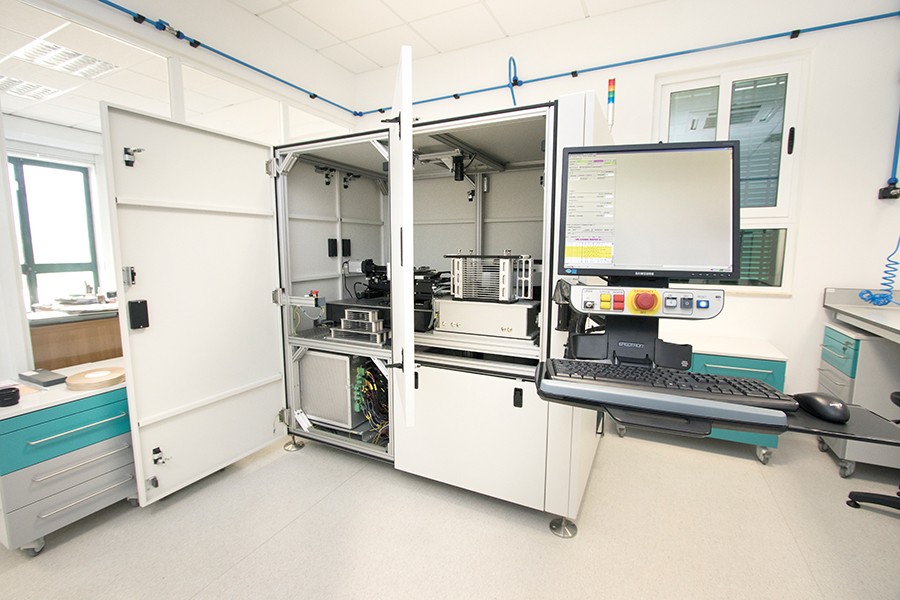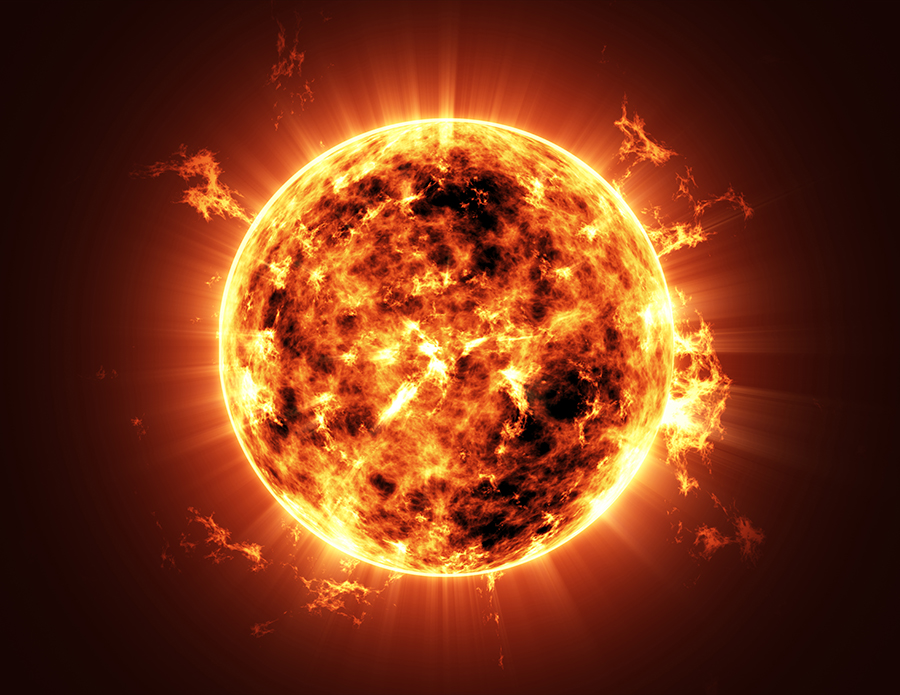A group of 28 communication students from the Faculty of Media and Knowledge Sciences set out to produce their unique take on art and creativity through their magazine, ‘dot dot dot’. THINK met up with the head of the editorial team, Julia Camilleri, to discuss their journey.
Continue readingThe floating lantern
In Japan, candle-lit lanterns are released into rivers in Toro nagashi to guide the spirits of ancestors back to the other world. The lanterns exude beautiful, orange light as they float downstream. At times they group together, creating what look like small, glowing platforms. This very image was what inspired the floating platform Dr Rebecca Dalli Gonzi is building, together with her colleagues Dr Joseph Falzon, Prof. Tonio Sant, and NAS Limited. The project is being consulted with Prof. Claire DeMarco and ALTERN Limited.
By bringing together the sea, the arts, architecture, and engineering, they are giving rise to a lightweight platform that sits on the water’s surface, providing a unique space for artistic performances, installations, and exhibitions. The lanterns’ rectangular shapes are being replaced with hexagons—a more efficient fit. Holding everything together are mounts or magnetic currents, depending on research results. The modular approach allows adjustability in shape and size, potentially seeing the platform expand beyond its current three meters, while making it easy to disassemble, respecting the environment it inhabits.
The team hopes that the platform, or lantern as it is affectionately referred to, will provide artists and practitioners with a new approach to their art that will bring joy, while also inspiring creative thinking in the construction industry.
Author: Dr Rebecca Dalli Gonzi
In search of perfect silicon
Silicon is the go-to material for solar devices like photovoltaic panels despite its relatively low energy conversion rate of 15-22%. Researchers all over the world are analysing materials and creating new ones to find a better solution. A lucky handful are armed with a laser scattering tomograph (LST), the best instrument for the task.
An LST illuminates the sample material with an infrared laser beam, which scatters wherever it finds a defect. If there is a defect in a material’s structure, even one just a few nanometers wide, the very sensitive CCD camera at the other end of the machine will pick it up, allowing researchers to learn and adapt. It also boasts a robotic system that allows it to automatically load multiple samples at once.
The LST is very rare, but fortunately, one has found a home at the University of Malta’s (UM) Institute for Sustainable Energy (ISE), a brand new, state-of-the-art facility aimed towards finding efficient solutions for harnessing solar power to its fullest extent. ‘There are probably 10 to 12 of these worldwide,’ confirms Prof. Luciano Mule’ Stagno, Director of the Lab at the ISE. ‘Ours is one of the few in the world to be found in a university, almost certainly the only one in a university in Europe. Most of these machines are in industry settings,’ he says.
This enables the UM to conduct cutting-edge research in a field that is practically nascent, putting it at the forefront. With the LST, material engineers could unlock the secrets behind the perfect variation of defect-reduced silicon. This rise in efficiency could have a substantial impact on the worldwide sustainable energy market.




